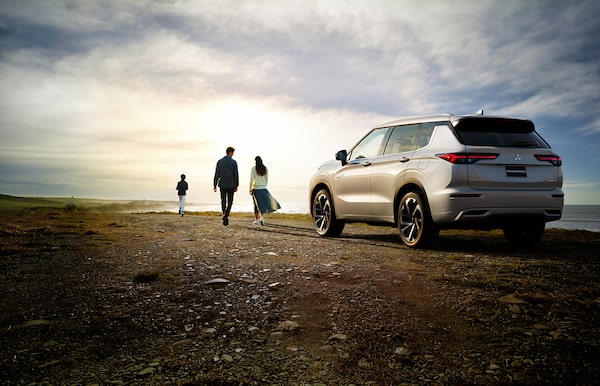Gas prices, range anxiety spark interest in plug-in hybrids as best of both worlds
While most Canadians are leaning toward an electrified car for their next purchase, citing high gas prices and an interest in reducing their carbon footprints, there are still compromises and concerns with choosing a fully electric vehicle (EV). That has many drivers considering a plug-in hybrid electric vehicle (PHEV).
A study by audit firm KPMG Canada reports that about three quarters of Canadians are considering an EV or PHEV, and one third said their interest in buying a PHEV has climbed compared with a year ago.
“When gasoline prices started surging earlier this year, we started to take an even closer look at these vehicles,” says Dave Power, a partner in consumer and industrial markets at KPMG Canada.
In October, some provinces experienced their largest one-day hike in the price of gas and the increases are changing the calculus for car buying. According to a separate KPMG survey, 61 per cent of Canadians say gas prices and vulnerability in the oil supply have convinced them it is time to go electric, and 47 per cent said they want to buy an EV or PHEV right away.

SUPPLIED
A fully electric vehicle drives solely on power from the battery, while a PHEV combines a gas engine with batteries and an electric motor. Most EVs have a range of about 400 kilometres, but that can drop significantly on colder days. To compare, PHEVs usually have an all-electric range of around 50 kilometres and the gas add-on permits about 500 to 600 more kilometres.
An example is the 2023 Mitsubishi Outlander PHEV, which has an above-average all-electric range of 61 kilometres, and a gas tank that can add an additional 626 kilometres. Since the Outlander PHEV arrived in Canada near the end of 2017, it has been Canada’s best-selling PHEV SUV. It has been redesigned for 2023 and comes with an enhanced electric range, premium features and comforts, plus seating for up to seven in a new standard third row.
Why this matters is price and driving range. The average EV in the No. 1 segment in Canada (compact SUV) costs $60,400, according to J.D. Power. The Outlander PHEV will start significantly lower at $46,538. With 41 per cent of Canadians planning to spend between $30,000 and $50,000 on their next vehicle, and only 26 per cent saying they plan to spend more than $50,000, according to KPMG Canada, PHEVs will likely be more popular choices.
On the range side, the average one-way driving commute for most Canadians is about nine kilometres and much of that is in traffic. A PHEV excels versus gas-powered cars because of its ability to regenerate the battery through braking. With an electric range of 61 kilometres on the Outlander PHEV, most Canadians would be able to drive for days without using a drop of gas before having to recharge.
Without a gas tank, Canadians worry about range and getting stranded. They won’t consider an EV unless it has a range of at least 599 kilometres, according to a survey by consulting firm Deloitte. This is not the case for most EVs at the moment.
Another part of that range concern is Canadians know temperature affects battery power, and therefore a vehicle’s driving range. Sixty-four per cent of Canadians expressed a lack of confidence in the reliability of EVs in harsh winter conditions. KPMG Canada’s Dave Power says this is the top issue for shoppers considering electric.
“They’re taking long trips, in the cold — as Canadians do. When the temperature gets down to minus-20 or minus-30 Celsius, they do not want to have to worry about finding a charging station.”

SUPPLIED
Range anxiety isn’t just about battery power, but also about how easily a driver can find a charger. While Canada has committed to building 84,500 new charging stations by 2027, there are currently fewer than 17,000, located at less than 7,000 public charging stations, according to Natural Resources Canada. And the bulk of those are slow Level 2 charges, which take several hours to replenish an EV battery.
Even if Canada hits the target of 84,500 stations, a Natural Resources Canada report suggests the country needs to have 200,000 public chargers by 2030, and 440,000 by 2035, to accommodate all the EVs that could be on the road.
Despite the commitments, there is a lack of infrastructure currently. The best way to quell the range anxiety due to concerns over cold weather depleting range, and not being able to find a charger when you need it, is to have a gas back-up.
“The idea of not having the electric infrastructure — the perception it might not be there … People need extra confidence,” Power says. “So, they opt more for the plug-in hybrid.”
Advertising feature produced by Globe Content Studio with Mitsubishi Motors. The Globe’s editorial department was not involved.